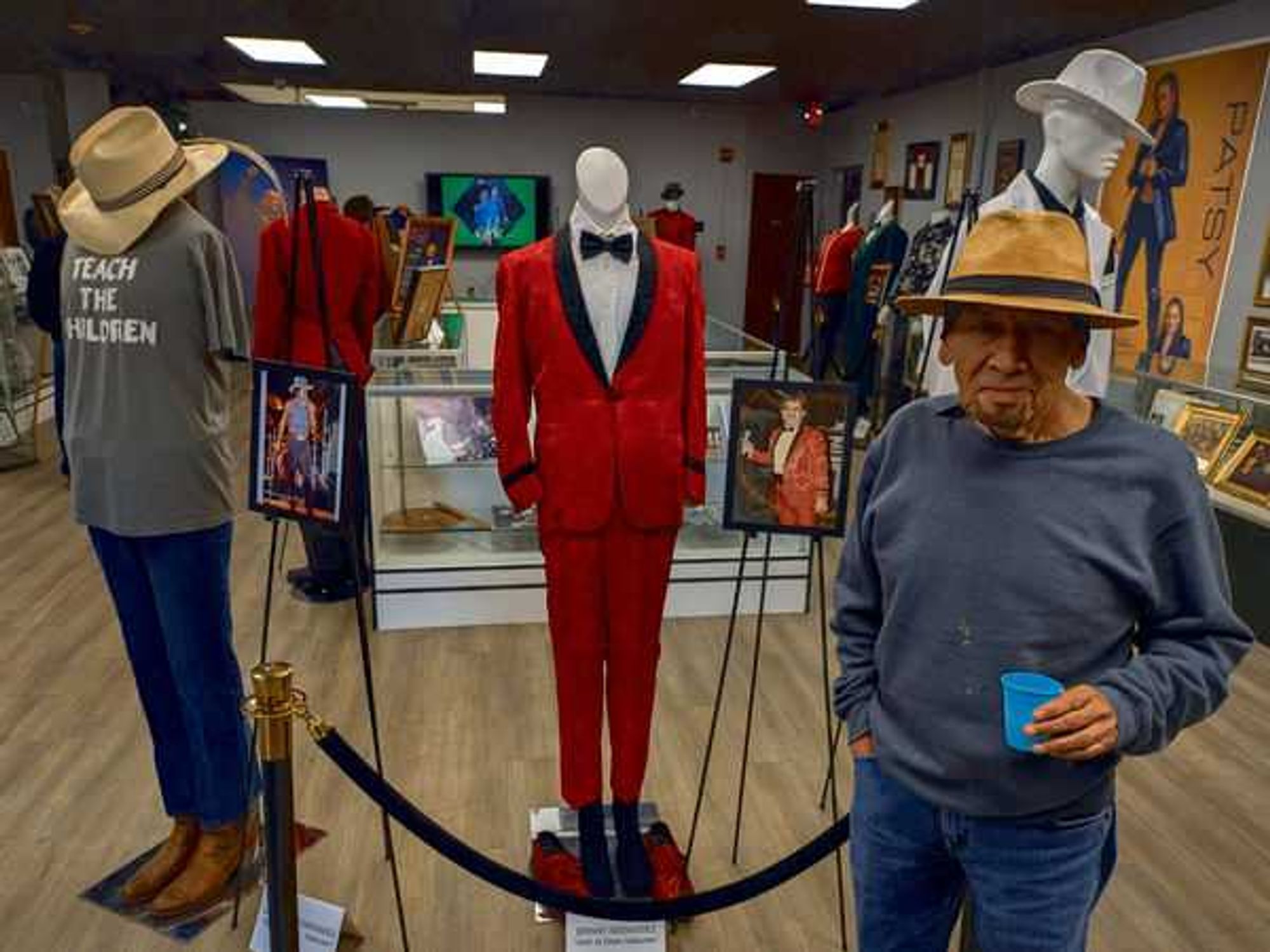There’s something of a Buddy Holly renaissance going on right now.
It’s not exactly surprising. For a guy who’s been dead over fifty years, and who never even saw his 23rd birthday, Buddy Holly has long loomed large in pop culture.
But this year—which would be Holly’s 75th (and if not for the fateful plane crash, he might be blowing out the candles tonight)—he’s become especially relevant.
He’s finally getting his star on the Hollywood Walk Of Fame today, and this summer’s tribute album, Rave On Buddy Holly, managed to successfully cultivate a collection of covers from artists who show the true breadth of Holly’s influence on rock and roll. Paul McCartney and Graham Nash (who first rose to fame in the Hollies, named after the man) are there, and so are Modest Mouse and Cee-Lo Green.
So, yeah—Buddy Holly never stopped being cool (check out the glasses on half the dudes at any Austin coffee shop!), but with today being his 75th birthday, it seems like people are just a little more reflective on what Holly means.
Mainly what I learned from Buddy was an attitude. He loved music, and he taught me that it shouldn't have any barriers to it.
— Waylon Jennings, bass player, Buddy Holly & The Crickets
To Texas, Holly—who was born in Lubbock—means some very specific things. He’s practically the patron saint of Texas music, embodying more than just a way to make dweeby glasses look sharp. Holly was an iconoclast in the true Texas tradition, refusing to mute the arrangement for “That’ll Be The Day” when he went to Nashville just because the session guys insisted that it was the way Elvis would have done it. They loathed him in Lubbock when he was around, because his music was "dangerous", but now they claim him as a favorite son. While the Beatles were so inspired by Holly that they named their band after his group, the Crickets, Texas musicians have done more than pay tribute to him as a musician: They’ve paid tribute to his attitude.
When you're getting on the plane / You see Buddy Holly's face
I hear they hate me now / Just like they hated you
Maybe when I'm dead and gone / I'm gonna get a statue too.
— The Dixie Chicks, “Lubbock Or Leave It”
The individualist streak that’s so deeply embedded in the Texas identity is part of why Holly resonates so strongly, and so specifically, here. He didn’t just play great songs—he wanted to own the process. Most artists of his era were performers, but Holly was a writer and a producer, as well.
When rock and roll was still largely segregated along both racial and genre lines, Holly pursued collaborations with Ray Charles and Mahalia Jackson that might have come to fruition if the plane had landed safely.
Elvis sang and danced his way into Hollywood, Buddy Holly took acting classes with Strasburg at the Actor’s Studio.
I have a sound in my head, and so far it’s not like anything we’ve done here.
— The Buddy Holly Story
In short, there weren’t two just like Buddy Holly. Another native Texan, Gary Busey, got that, when he made his leading man debut as Holly in The Buddy Holly Story. It’s hard now to imagine that Busey—whose IMDB page is choked full of direct-to-Netflix nonsense and reality shows that exploit washed-up celebrities—was once an actor worthy of serious awards consideration, but he received an Oscar nomination for his portrayal of Holly.
The movie, which has long been controversial (former Cricket Sonny Curtis wrote a song in response called “The Real Buddy Holly Story”; Paul McCartney later produced a documentary film by the same name), took liberties with Holly’s life, but it’s true to his legacy.
Because that legacy is of a musician who innovated in ways that make you wonder just what rock music might have become had he made it to his 23rd birthday.
It’s not just that he was one of the first artists to, say, use multi-track recording techniques or blend strings and rock and roll—those are the details. That stuff might have made him technically important, but what makes Holly endure as a distinctly Texas icon is that he thought to try these things in the first place.
He wasn’t good at being told what to do, and that’s a trait that reverberates down through other Texas musicians from Waylon Jennings to the Dixie Chicks, and plenty more.
And even the non-Texans who check him as an influence—be they the British old-timers like McCartney and Nash or the hipsters like Florence and the Machine and She & Him—are drawn to him because of how he defined what rock and roll cool is.


 The newly opened Totally Tejano Hall of Fame and Museum includes a growing collection of memorabilia. Photo by Edmond Ortiz
The newly opened Totally Tejano Hall of Fame and Museum includes a growing collection of memorabilia. Photo by Edmond Ortiz